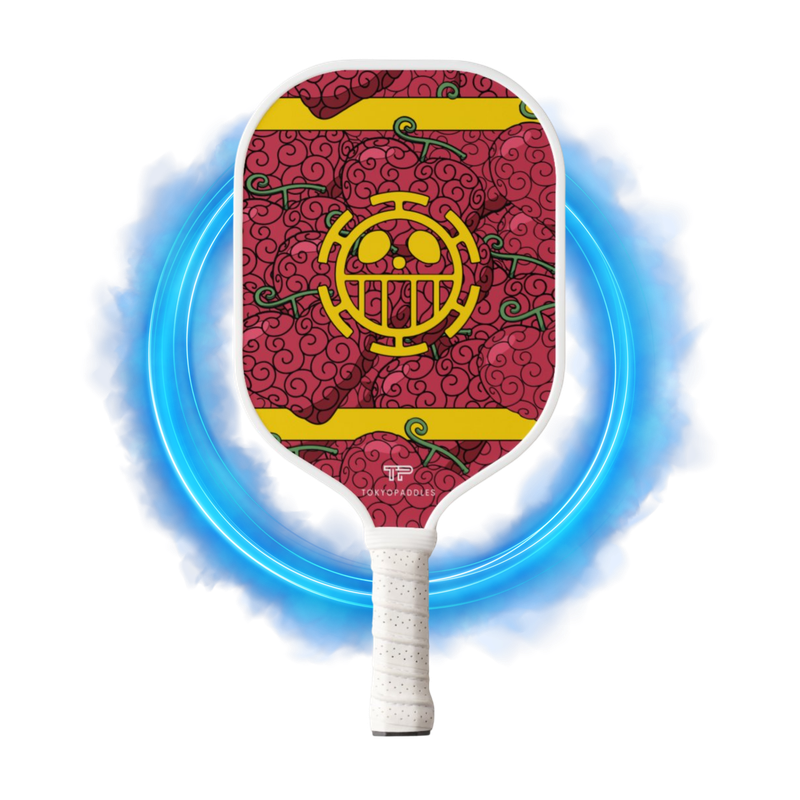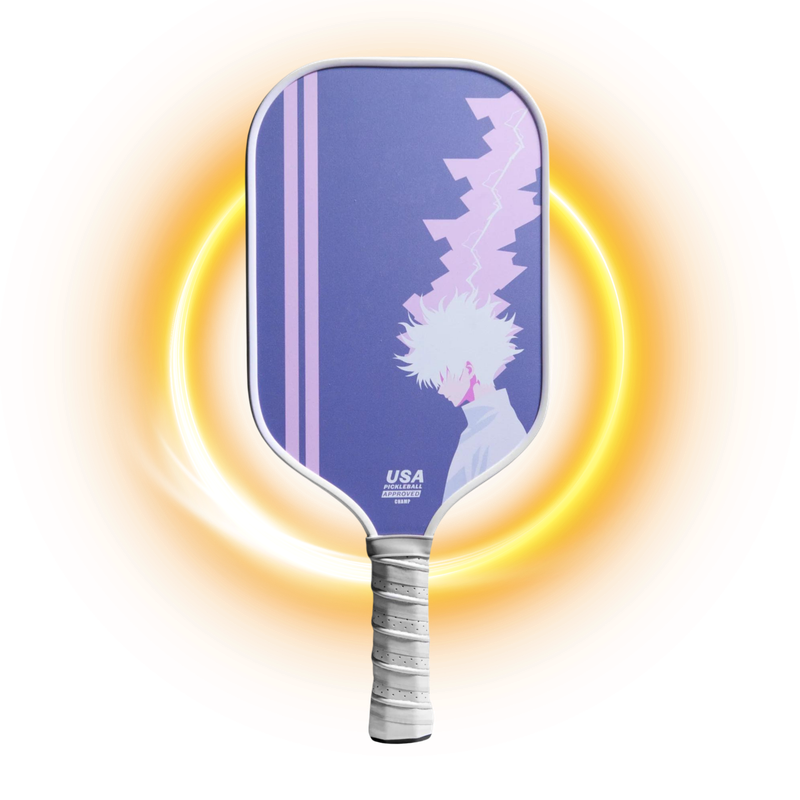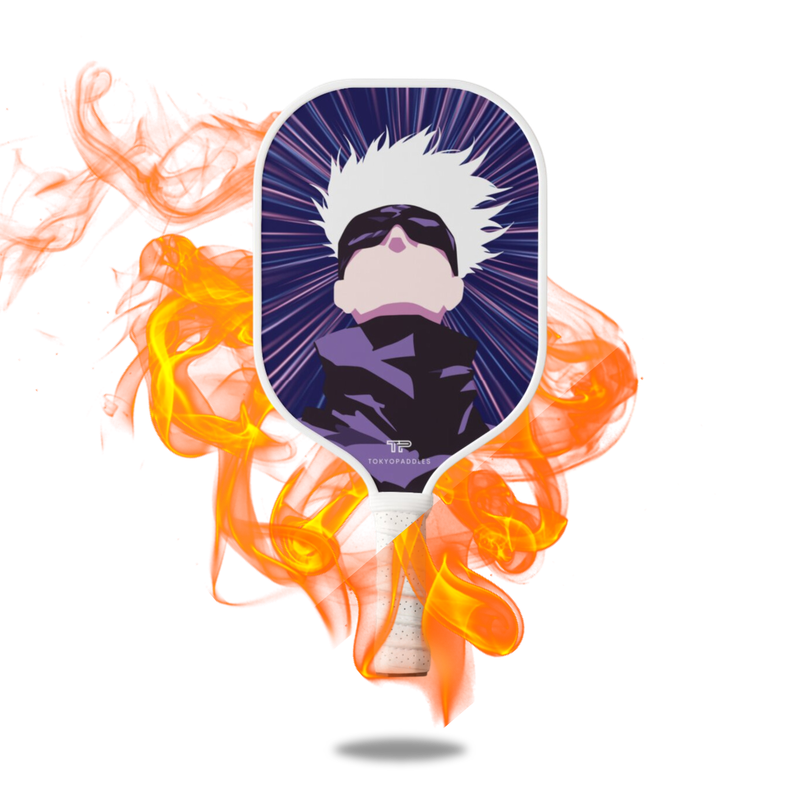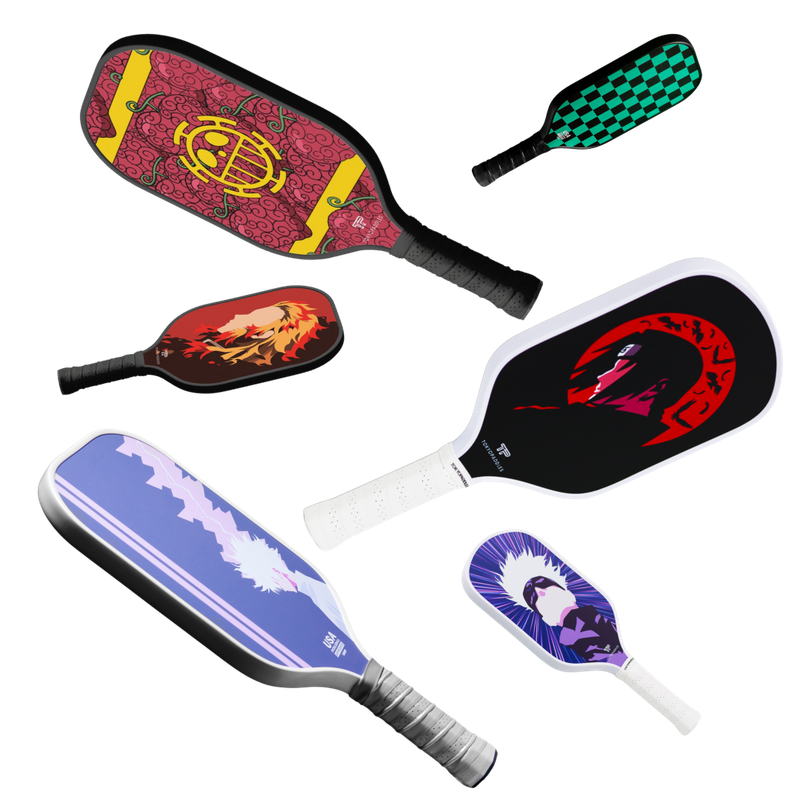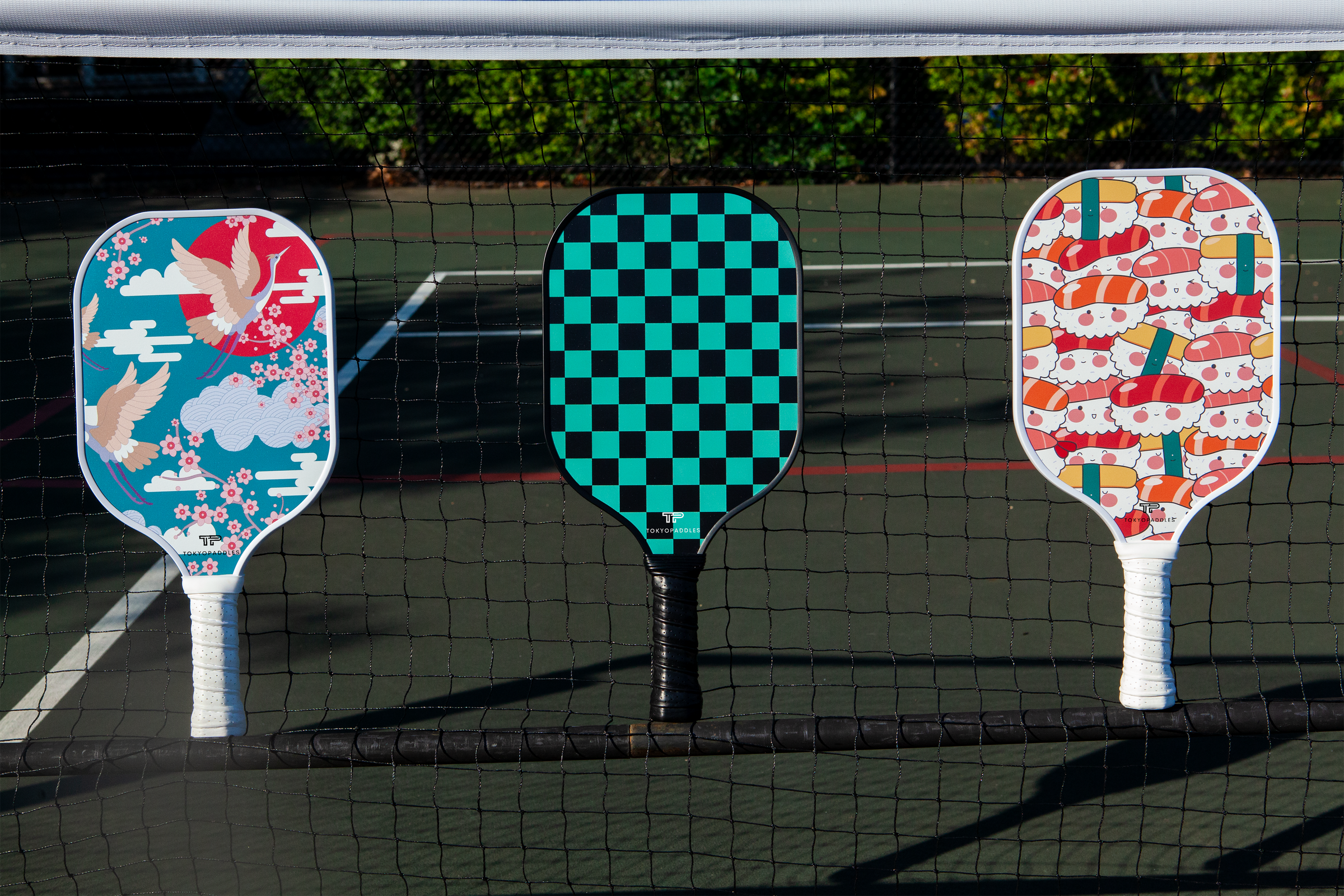Exploring Fiberglass Pickleball Paddles: Advantages and Disadvantages for Modern Players
Introduction
Pickleball, a sport that blends elements of tennis, badminton, and table tennis, has rapidly gained popularity across the United States and other regions. As enthusiasts and newcomers alike embrace this engaging sport, selecting the right equipment is crucial to enhancing game performance. Among the various materials for pickleball paddles, fiberglass stands out as a popular choice. This post examines the advantages and disadvantages of fiberglass pickleball paddles to help you make an informed decision.
Advantages of Fiberglass Pickleball Paddles
Fiberglass paddles are celebrated for their ability to enhance power with each shot. The flexibility of the material allows for a significant transfer of energy to the ball, which is a boon for players who emphasize strength in their gameplay. Additionally, these paddles are relatively lightweight despite their sturdy build, which helps reduce fatigue during long games or tournaments—an essential factor for maintaining endurance. The smooth, reactive surface of fiberglass also aids in improving ball control, which is crucial for players aiming to refine their shot precision and strategic play. Moreover, the aesthetic appeal of fiberglass paddles, available in various colors and designs, allows players to enjoy a wide range of visually appealing options that stand out on the court.
Disadvantages of Fiberglass Pickleball Paddles
However, there are several drawbacks to consider. The durability of fiberglass paddles can be a concern, as they are prone to wear and tear from regular play. This may necessitate more frequent replacements compared to paddles made from more robust materials like composite or graphite. Cost is another factor; fiberglass paddles generally fall into a mid-range price category, which might be slightly higher than entry-level alternatives for beginners. Furthermore, these paddles tend to produce a louder pop when striking the ball—a noise level that can be distracting or even unwelcome for some players and spectators. For a guide to quieter paddles, check out our curated list here. Lastly, fiberglass's performance can be adversely affected by extreme temperatures and wet conditions, making it less ideal for players who frequently face varied weather during play.
Conclusion
Selecting the right pickleball paddle is vital for maximizing both performance and enjoyment of the game. Fiberglass paddles, with their unique combination of power and control, are a favored choice among many players. However, it is important to consider factors such as durability, cost, sound, and sensitivity to weather conditions. Understanding these characteristics and how they match with your playing style can help you choose the most suitable paddle for your needs. Explore our selection of premium fiberglass pickleball paddles today and find the perfect fit for your style and requirements.

